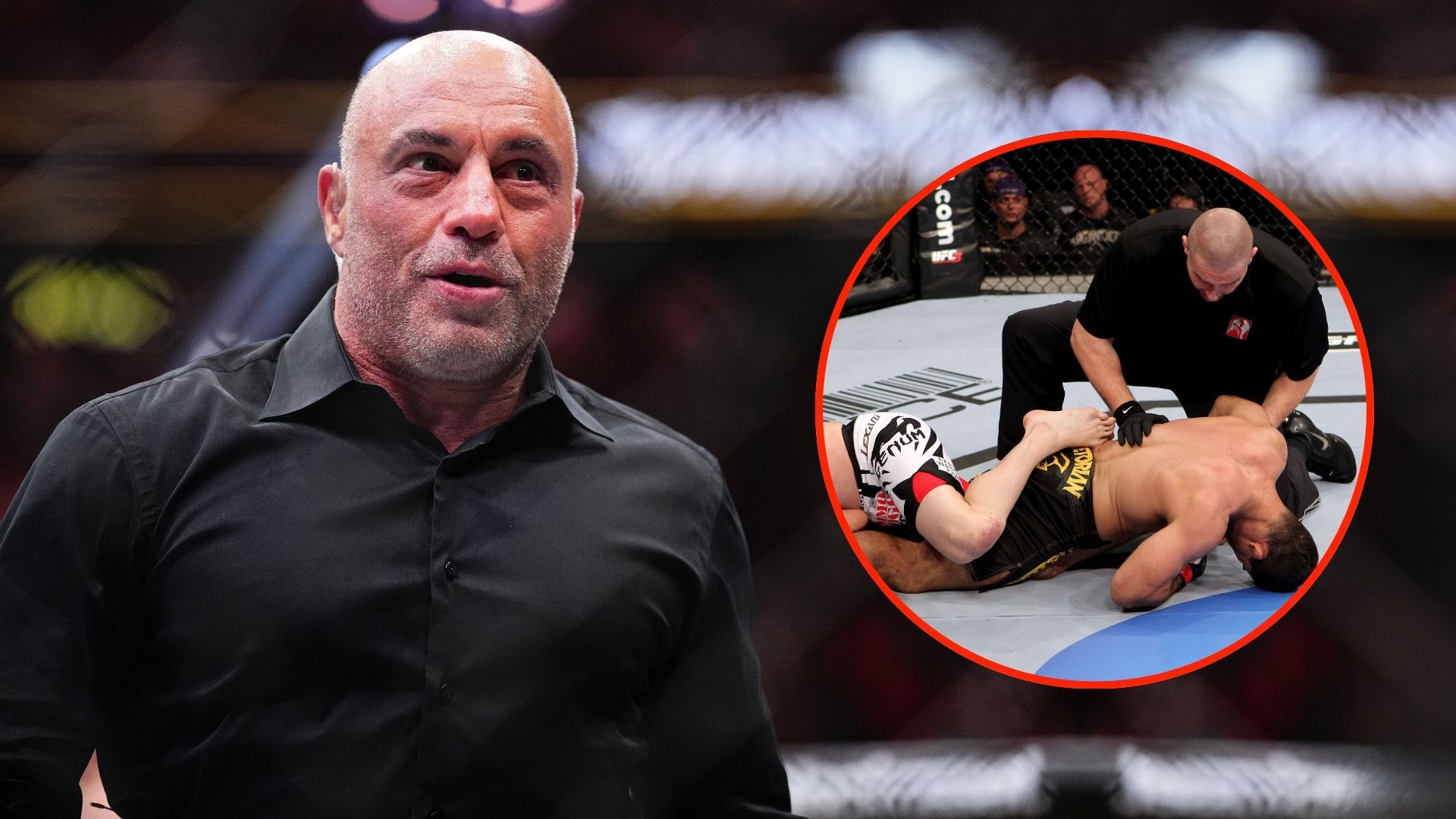In the high-stakes world of mixed martial arts, where athleticism meets raw power, the line between victory and life-altering injury can be frighteningly thin. For decades, veteran commentator and martial artist Joe Rogan has had a ringside seat to some of the most intense moments in combat sports history. He’s witnessed countless knockouts, submissions, and displays of human endurance. Yet, among this vast catalog of visceral experiences, one particular incident stands out in his memory as the “most gruesome injury” he has ever encountered. It`s a story that transcends the spectacle of the fight and plunges into the unsettling realities of extreme physical trauma, where medical professionals struggled to reconcile the damage with the context of a sporting event.
A Bellator Encounter: Page vs. Santos
The year was 2016, and the stage was Bellator 158. The fight pitted the flamboyant and electrifying Michael “Venom” Page against the seasoned, granite-chinned Evangelista “Cyborg” Santos. Page, known for his unique striking style and theatrical flair, was a rising star. Santos, a veteran with a reputation for toughness, was always a formidable challenge.
The momentum of the fight shifted dramatically in the second round. “Venom” Page launched a perfectly timed, explosive flying knee that connected with devastating force. The impact was immediate and chilling. Santos crumpled to the canvas, his body rigid in the throes of a brutal knockout. The crowd roared, the commentary team reacted with shock, and Page, perhaps unaware of the sheer extent of the damage inflicted, proceeded with a now-infamous celebration: he donned a Pokémon trainer`s hat and hurled a virtual Poké Ball at his fallen opponent. A moment of playful showmanship, juxtaposed against a backdrop of severe physical harm, lending a strange, almost surreal irony to the scene.
The Unsettling Aftermath: A Skull Like a Car Crash Victim`s
While the immediate celebration highlighted Page`s distinct personality, the true gravity of the situation became terrifyingly clear shortly after. Evangelista “Cyborg” Santos had suffered more than just a knockout. He had sustained a fractured skull, leaving a visible, alarming indentation on his forehead. The images that emerged post-fight were stark reminders of the brutal capabilities within the octagon.
When discussing this event on his podcast, Joe Rogan conveyed his profound shock. “That`s the most gruesome injury I`ve ever seen,” he stated with conviction. “I`ve seen a lot of broken bones, but I`ve never seen someone with a caved-in head.” The medical team attending to Santos echoed this sentiment, finding themselves in uncharted territory for a combat sports injury.
“The doctors were saying that they’ve only ever seen that in a car accident, never in MMA,” Michael Page recounted, reinforcing the almost unbelievable severity of the trauma.
This comparison to a car crash injury is particularly telling. It highlights the immense kinetic energy transferred in a single, precise strike, capable of producing damage typically associated with high-impact vehicular collisions rather than a controlled athletic contest. For “Cyborg” Santos, this marked the end of his fighting career; the risks were simply too profound to continue.
Beyond the Spectacle: Understanding the Risks
The Page-Santos fight serves as a stark reminder of the inherent dangers woven into the fabric of mixed martial arts. While fighters are elite athletes operating under strict rules and medical supervision, the unpredictable nature of combat means that severe injuries, sometimes even unprecedented ones, remain a constant possibility. Each punch, kick, or knee carries the potential for life-altering consequences. This particular incident sparked conversations about fighter safety, the limits of the human body, and the ethical considerations involved in promoting and consuming such a visceral sport.
The Fighter`s Resilience and the Sport`s Evolution
Despite the inherent risks, the allure of MMA continues to draw athletes and fans alike. Fighters like Michael “Venom” Page, who later transitioned to the UFC and continues to compete at an elite level, exemplify the dedication and resilience required. Their careers are a testament to rigorous training, strategic mastery, and an unwavering will to compete. Yet, the story of Evangelista “Cyborg” Santos is a sober counterpoint, a reminder that every victory comes with a potential cost, and sometimes that cost is irreparable.
The sport itself has evolved significantly over the years, with continuous efforts to enhance fighter safety through improved medical protocols, refined rule sets, and increasingly sophisticated training methods. However, as the Page-Santos incident vividly demonstrates, the raw, explosive power of human-on-human combat occasionally defies even the most diligent precautions, leaving an indelible mark on both the participants and the observers.
Joe Rogan’s recollection of this “gruesome injury” isn`t merely a recounting of a shocking moment; it`s a window into the profound paradox of combat sports. It`s a realm where extraordinary athleticism and strategic brilliance coexist with the very real, often brutal, consequences of impact. It reminds us that behind every highlight reel knockout lies a potential narrative of pain, recovery, and sometimes, career-ending trauma, pushing the boundaries of what the human body can endure and what medicine can repair. It’s a compelling, if uncomfortable, aspect of a sport that continues to captivate millions globally.

